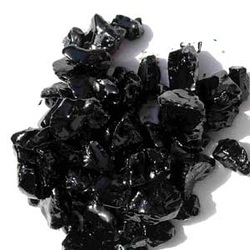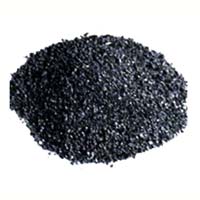Peat
Peat is the layer of vegetable material directly underlying the growing zone of a coal forming environment. The vegetable material shows very little alteration and contains the roots of living plants. Peat is widely used as a domestic fuel in rural parts of Scotland and Ireland.

Lignite
Lignite is geologically very young (upwards of around 40,000 years). It is brown and can be soft and fibrous, containing discernible plant material. It also contains large amounts of moisture (around 70%) and so has a low energy content: around 8 to 10 megajoules per kilogram. This coal is mined extensively in the Latrobe Valley south east of Melbourne, Australia. As the coal develops it loses its fibrous character and darkens in colour.

Black coal
Black coal ranges from Cretaceous age (65 to 105 million years ago) to mid Permian age (up to 260 million years ago). They are all black; some are sooty and still quite high in moisture (sub-bituminous coal), including the coal mined at Collie, which is sometimes termed a “black lignite.”

>Anthracite
Anthracite is a hard, black, shiny form of coal that contains virtually no moisture and very low volatile content. Because of this, it burns with little or no smoke and is sold as a “smokeless fuel”.Coal rank has little to do with quality; as a coal matures its ash content actually increases as a proportion because of the loss of moisture and volatiles. Lower rank coals may have lower energy contents, but they tend to be more reactive because of their porosity and resultant higher surface area.
